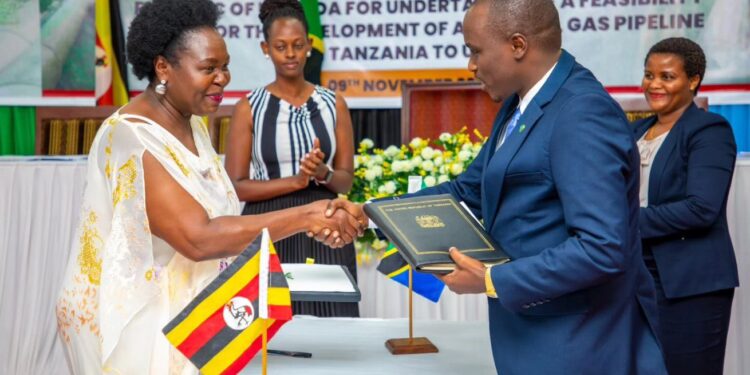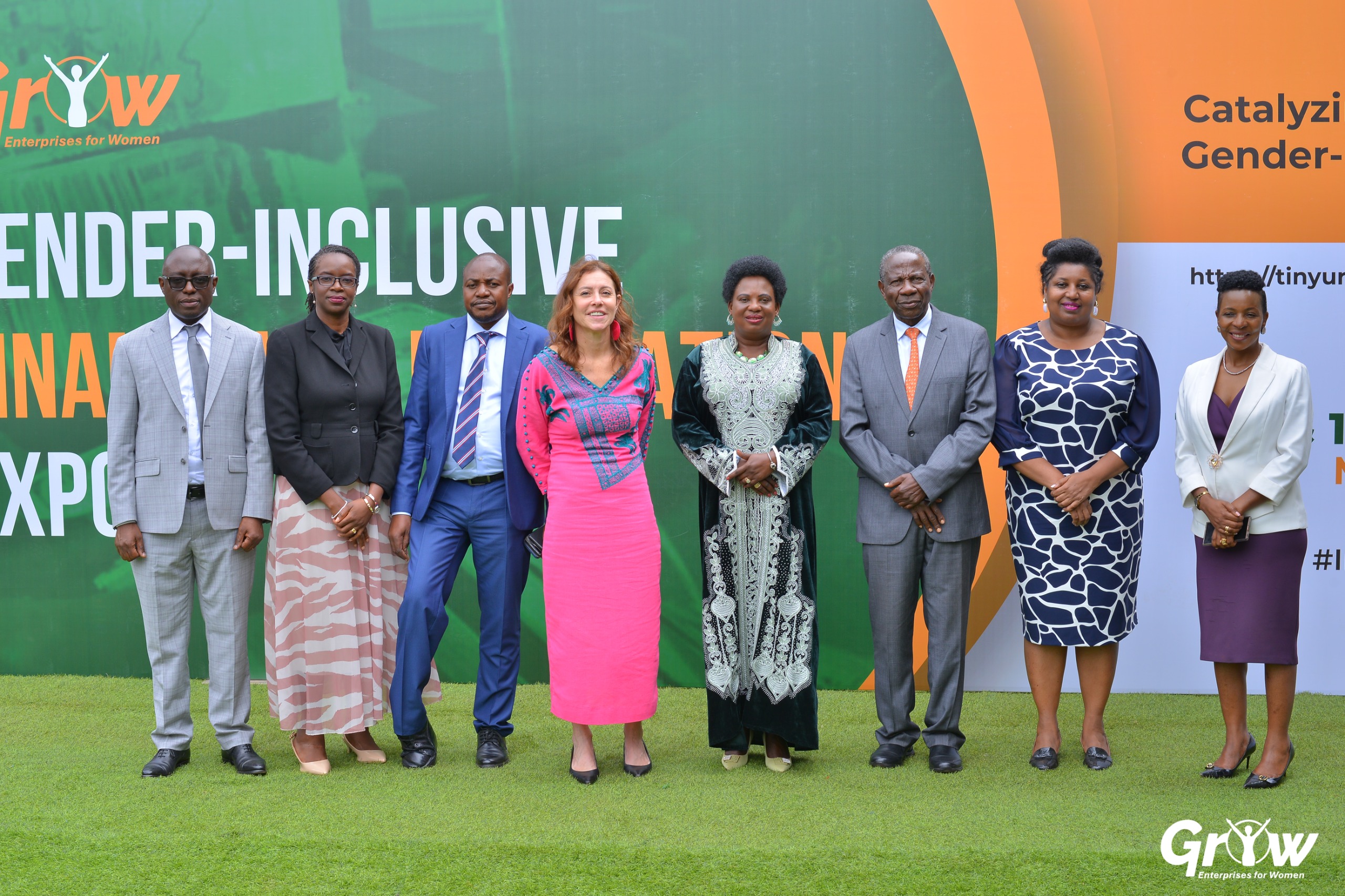In a groundbreaking and spice-infused move, Tanzania and Uganda shook hands on Thursday, signing a bilateral agreement that promises to construct a natural gas pipeline.
This pipeline is capable of propelling both nations into an era of unprecedented energy security and economic prosperity.
Under the watchful eyes of Deputy Prime Minister Doto Biteko representing Tanzania and Uganda’s Minister of Energy and Mineral Development, Ruth Nankabirwa, the ink on the historic pact dried, marking the commencement of an ambitious venture that is set to redefine East Africa’s energy landscape.
The pipeline, a colossal engineering marvel, is slated to snake its way from the gas-rich southern regions of Tanzania, embarking on a journey destined to revolutionize Uganda’s energy sector. Once operational, its primary mission is to power factories, illuminate cities, and breathe life into the ambitious dreams of economic growth.
As the signatures adorned the agreement, Biteko, with an air of optimism, proclaimed, “This project will not only skyrocket the demand for natural gas but will also breathe vitality into Tanzania’s Lindi and Mtwara regions, transforming them into powerhouses of energy production.” He tantalizingly revealed that neighboring nations, Kenya and Botswana, have already cast envious glances at Tanzania’s abundant natural gas resources.
Encouraging investors to ride the wave of opportunity, Biteko passionately declared, “Our gas processing has surged to an astonishing 250 million cubic feet per day, with 80 percent powering the heartbeat of our nation through electricity and the remaining 20 percent gracing industrial, household, and transportation needs.”
Highlighting the genesis of this transformative accord, Biteko emphasized, “This agreement, hewn from the bedrock of a Memorandum of Understanding inked in August 2018, symbolizes the shared vision of our nations. We are set to embark on a comprehensive feasibility study, scrutinizing the project’s intricate details, from design nuances to the voracious appetite for gas and the monumental pipeline size.”
Reveling in Tanzania’s gas abundance, Biteko spilled the beans on the discovery of a staggering 57.54 trillion cubic feet of natural gas. His proclamation echoed a commitment to unearth more treasures in areas as diverse as Eyasi Wembere, Mnazi Bay North, Songosongo West, the mysterious depths of Lake Tanganyika, and the vast expanse of the deep sea.
Not to be outdone, Minister Nankabirwa of Uganda, radiating determination, voiced her country’s unwavering commitment to fast-tracking this transformative venture. “We recognize the paramount importance of this project and are dedicated to its swift realization,” she declared, urging the joint implementation committee to sprint through the procurement process like a gazelle in the savannah.
Nankabirwa, with a nod to history, underscored the symbiotic energy dance between Tanzania and Uganda, citing collaborative projects such as the awe-inspiring 14-megawatt Kikagati hydropower venture, the power-transmitting extravaganza of Masaka Mutukula to Mwanza, and the juggernaut of energy aspirations, the East African Crude Oil Pipeline (Eacop) project.
This gas pipeline pact, a phoenix rising from the ashes of bureaucratic negotiations, is undoubtedly a monumental milestone in East Africa’s energy integration deal.
Do you have a story in your community or an opinion to share with us: Email us at editorial@watchdoguganda.com














